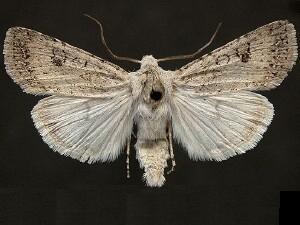


Sand damaged spears typically hook into the direction of the prevailing winds, while cutworm damaged spears point in all different directions. This damage is similar to sand blasting and frost. Damaged spears may form a long scar, or emerge from the soil malformed or hooked. They grow up to 4 cm in length.Įarly-season cutworms attack the emerging spears, usually cutting them below or at the soil surface. Depending on the species, the colour ranges from dark grey, to brown to light tan. Look for cutworm larvae in the top 2.5 cm of soil surrounding the damaged plant. The larvae are soft and fat, and they roll up when disturbed. They are all general feeders and attack many agricultural crops. While scouting, look for hooked spears or spears with scar tissue running down the length of the plant.Ĭontrol if more than 5% of the spears have been damaged, based on assessments from either the field or the grading line.ĭark-Sided, White, Black and Sandhill Cutworms are a commonly found species in Ontario. In the field, carefully inspect a minimum of 10 groups of 10 plants across the field. If damaged spears appear in the grading line, take note of which field(s) they came from and scout accordingly.

Feeding activity during harvest is typically the most damaging to asparagus. Cutworms are usually found in the top 1" (2.5 cm) of soil at the base of the spears.ĭepending on the species, cutworms may have up to 4 generations per year.They roll up into a tight circle when disturbed. Larvae are soft and fat and up to 1.5" (4 cm) in length.Dark-Sided, White, Black and Sandhill Cutworms are common species found in Ontario.Euxoa messoria (dark-sided), Euxoa scandens (white cutworm), Agrotis ipsilon (black), Euxoa detersa (sandhill cutworm)


 0 kommentar(er)
0 kommentar(er)
